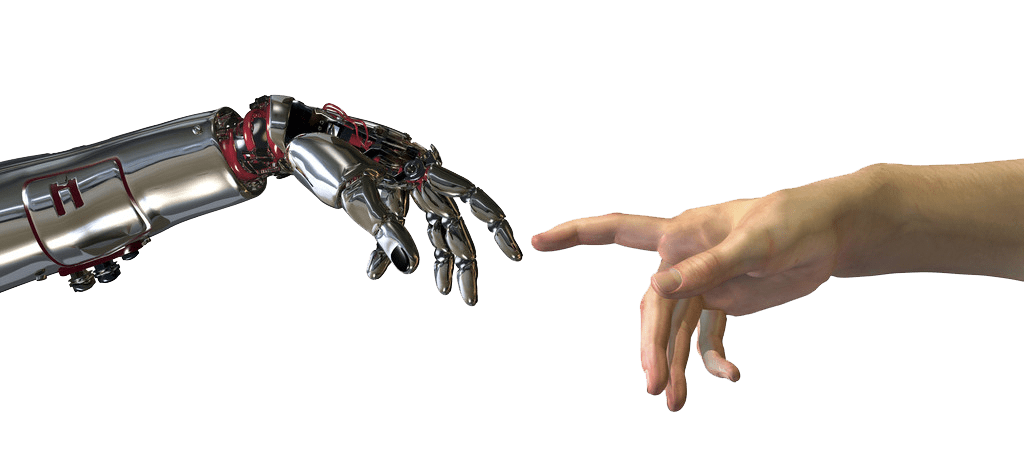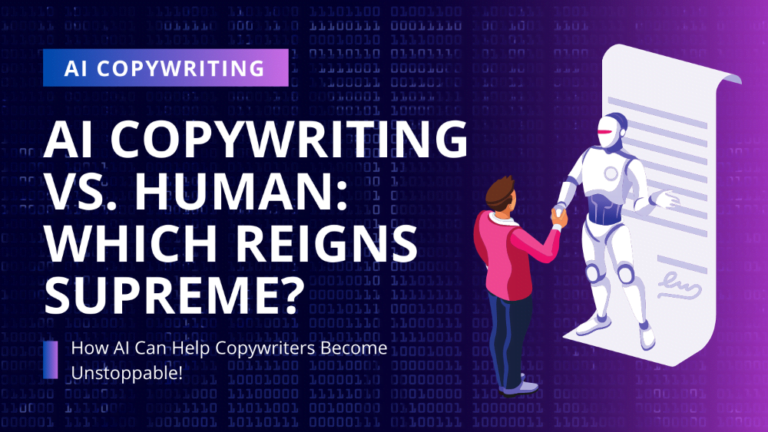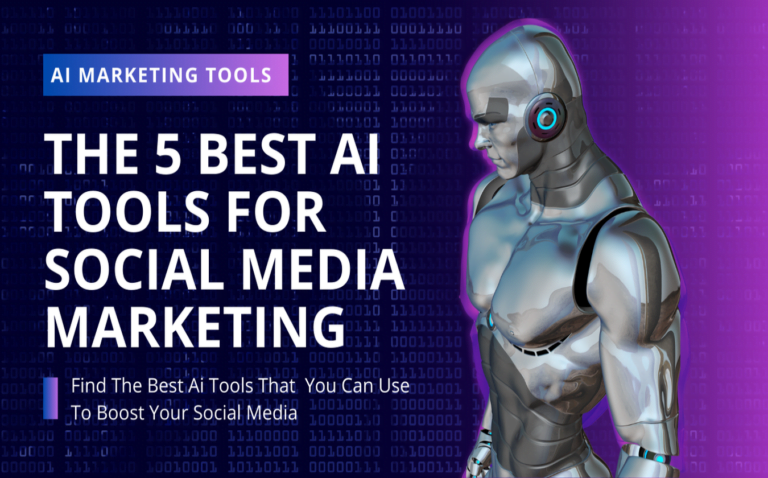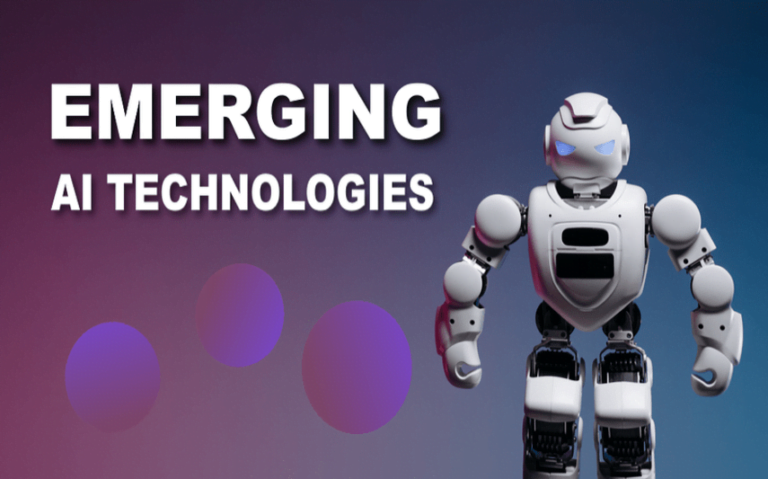What is Artificial Intelligence (AI)?
Unless you live under a rock (or maybe just arrived from another planet), you’ve likely heard the buzz about Artificial Intelligence (AI).
It’s the hottest topic in technology, and it’s taking the world by storm.
From self-driving cars that seem like they’re straight out of a sci-fi movie to virtual assistants that can tell you the weather and crack a joke, AI is everywhere, and it’s changing the way we live and work in ways we never imagined.
But what’s the real deal with AI?
Is it all just hype, or is there more to this technological revolution? Does AI hides something from us, or it’s just a smart program?
Buckle up and get ready to embark on an exciting journey into the realm of Artificial Intelligence!
But be warned, you might just find yourself geeking out over this cutting-edge technology and becoming an AI aficionado before you know it. Let’s dive in!
Artificial Intelligence (AI) is a rapidly evolving field of computer science that focuses on the development of intelligent machines capable of performing tasks that typically require human intelligence.
These tasks include:
- Speech recognition.
- Image recognition.
- Natural language processing.
- Decision-making.
- Problem-solving.
- And learning from experience.
AI has the potential to revolutionize industries, reshape societies, and transform the way we live and work.
What’s the definition of artificial intelligence?

Before we even start, we need to know… what is the definition of artificial intelligence (AI).
Artificial Intelligence refers to the capability of a machine or computer system to mimic human intelligence and perform tasks that typically require human cognitive abilities.
AI technologies aim to simulate human intelligence by enabling machines to perceive, reason, learn, and make decisions based on data and experience.
The ultimate goal of AI is to create machines that autonomously perform tasks that typically require human intelligence, without being explicitly programmed.
AI can be broadly categorized into two main types: Narrow or Weak AI, and General or Strong AI.
Narrow AI is designed for specific tasks and has a limited scope of capabilities, whereas General AI has the ability to perform any intellectual task that a human can do.
General AI, also known as Strong AI, is still a theoretical concept and remains a subject of extensive research and development.
Now that you understand the basics of AI it’s time to learn some history of Artificial Intelligence… Oh no!
History of Artificial Intelligence

The concept of Artificial Intelligence dates back to ancient times when philosophers and inventors contemplated the idea of creating intelligent machines.
Yet, the modern field of AI emerged in the 1950s as a scientific discipline, with significant contributions from researchers, scientists, and mathematicians.
I bet you didn’t know that.
In 1950, British mathematician and computer scientist Alan Turing proposed the Turing Test, a benchmark for determining a machine’s ability to exhibit intelligent behavior equivalent to that of a human.
This seminal work laid the foundation for the field of AI and inspired subsequent research in the development of intelligent machines.
In the 1950s and 1960s, researchers focused on developing rule-based systems and symbolic AI, which used explicit programming to represent human knowledge and reasoning.
These early AI systems were limited in their capabilities and faced numerous challenges, leading to a period of reduced interest in AI research, known as the “AI winter.”
However, in the 1980s and 1990s, there was a resurgence of interest in AI with the development of machine learning techniques, which allowed machines to learn from data and improve their performance over time.
This led to the emergence of practical applications of AI in areas such as speech recognition, computer vision, and expert systems.
In recent years, there has been a remarkable acceleration in AI research and development, driven by advances in machine learning, deep learning, and big data.
Today, AI is being used in a wide range of applications, from virtual assistants and autonomous vehicles to healthcare and finance, and continues to evolve rapidly.
Different Types of Artificial Intelligence

Everyone has a completely differnt type and personality. Do you agree?
Some people are arrogant, some are melancholic, some are sanguine, some people are choleric and the list goes on…
Artificial Intelligence can be classified into different types too (fortunately no personalities). And these types are based on their capabilities and functionalities.
Let’s take a closer look at some of the common types of AI:
- Narrow or Weak AI: Narrow AI, also known as Weak AI, is designed for specific tasks and has limited capabilities. These AI systems are trained to perform a specific function or solve a particular problem. Examples of Narrow AI include virtual assistants like Apple’s Siri and image recognition systems used in facial recognition technology
- General or Strong AI: General AI, also known as Strong AI, is a theoretical concept where machines possess the ability to perform any intellectual task that a human can do. General AI would have the capability to understand, learn, and apply knowledge across a wide range of domains, surpassing human capabilities in various tasks.
- Machine Learning: Machine Learning (ML) is a subset of AI that focuses on the development of algorithms and models that enable machines to learn from data and improve their performance over time without being explicitly programmed. ML algorithms can be categorized into three main types:
- Supervised learning: Involves training a model using labeled data, learns to make predictions or classifications based on the patterns.
- Unsupervised learning: Involves training a model using unlabeled data, learns to identify patterns and relationships in the data on its own.
- Reinforcement learning: Involves training a model to make decisions based on feedback and rewards (ah.. like a dog), learns to optimize its actions to maximize the rewards it receives.
- Machine Learning: Machine Learning (ML) is a subset of AI that focuses on the development of algorithms and models that enable machines to learn from data and improve their performance over time without being explicitly programmed. ML algorithms can be categorized into three main types:
- Deep Learning: Deep Learning is a subset of Machine Learning that focuses on the development of artificial neural networks with multiple layers, known as deep neural networks, that can automatically learn hierarchical representations from data. Deep Learning has been highly successful in tasks such as image recognition, speech recognition, and natural language processing, and has significantly advanced the field of AI in recent years.
As you can see there is no just one powerful AI that took the throne from God. There are different types of ai and each one of them works different.
Now, as it’s useful to know what types of Artificial Intelligence exist. This is an information that you can’t do something with.
The juicy thing comes when you see…
Applications of Artificial Intelligence

Artificial Intelligence has found widespread applications across various industries and domains.
Let’s take a look at some of the common applications of AI:
- Healthcare: AI is being used in healthcare to aid in diagnosis, treatment planning, drug discovery, and personalized medicine. Machine learning algorithms can analyze medical data, such as electronic health records, medical images, and genomic data, to identify patterns and make predictions that can assist healthcare professionals in making more accurate diagnoses and treatment decisions.
- Finance: AI is being used in the financial industry for tasks such as fraud detection, risk assessment, and algorithmic trading. Machine learning algorithms can analyze large volumes of financial data in real-time to detect potential fraudulent activities, assess investment risks, and make data-driven trading decisions.
- Transportation: AI is being used in the transportation industry for tasks such as autonomous vehicles, traffic management, and logistics optimization. Machine learning algorithms can analyze data from various sources, such as sensors, GPS, and traffic cameras, to optimize traffic flow, reduce congestion, and improve transportation efficiency.
- Customer Service: AI provide personalized experiences and automate customer interactions. Chatbots and virtual assistants powered by AI can will be one of the most useful things that humanity has discovered.
- Education: AI is being used in education to personalize learning experiences, provide intelligent tutoring, and assess student performance. Adaptive learning platforms powered by AI can analyze data on student learning styles, preferences, and performance to create personalized learning plans.
The applications of Artificial Intelligence that we have witnessed so far are just the tip of the iceberg.
AI is a rapidly evolving field with limitless potential for innovation and transformation.
From autonomous vehicles to virtual assistants, and healthcare diagnostics to fraud detection, AI is already making significant strides in various industries.
However, it is important to note that the true extent of what AI can achieve is still largely unknown.
As technology continues to advance, we can expect to see even more groundbreaking applications of AI that we cannot yet imagine.
The possibilities are vast, and the future of AI holds immense promise for shaping our world in unprecedented ways.
And of course, when AI is evolving so fast and affecting so many areas there will be some benefits.
Benefits of Artificial Intelligence
The rapid advancements in Artificial Intelligence have led to numerous benefits across various domains.
Some of the key benefits of AI include:
- Automation and Efficiency: AI can automate repetitive and mundane tasks, freeing up human workers to focus on more creative and complex tasks.
- Precision and Accuracy: AI can analyze large volumes of data with high precision and accuracy, leading to improved decision-making in areas such as medical diagnosis, risk assessment, and fraud detection.
- Enhanced Decision-Making: AI can provide data-driven insights and recommendations, helping decision-makers in various fields make informed choices.
- Improved Personalization: AI can analyze vast amounts of data on user preferences, behavior, and interactions to provide personalized experiences.
- Innovation and Creativity: AI can generate new ideas, designs, and solutions by analyzing huge amounts of data and identifying patterns and connections that humans may not perceive.
- Enhanced Safety and Security: AI can improve safety and security in various domains. For example, autonomous vehicles powered by AI can reduce human errors and accidents on the roads.
- Improved Healthcare Outcomes: AI has the potential to revolutionize healthcare by enabling early detection of diseases, personalized treatment plans, and better patient care
- Environmental Sustainability: AI can contribute to environmental sustainability by analyzing data and optimizing processes to reduce waste, energy consumption, and environmental impact.
You see there are sooo many benefits of Artificial Intelligence that I could write a blog only for that topic.
I just got an idea!
Conclusion
Artificial Intelligence is a rapidly evolving field with immense potential for transforming various aspects of our lives.
From improving healthcare outcomes to finance, and agriculture, AI is changing the way we live and work. The benefits of AI are numerous, including increased efficiency, accuracy, personalization, innovation, and safety.
However, there are also challenges and concerns associated with the development and deployment of AI, including ethical and social implications and human-AI interaction.
In conclusion, Artificial Intelligence is a powerful and transformative technology that has the potential to revolutionize various industries and improve our daily lives. While there are challenges and concerns associated with AI, the benefits it offers are significant. With careful consideration, regulation, and governance, we can pave the way for a future where AI is a force for positive change.




